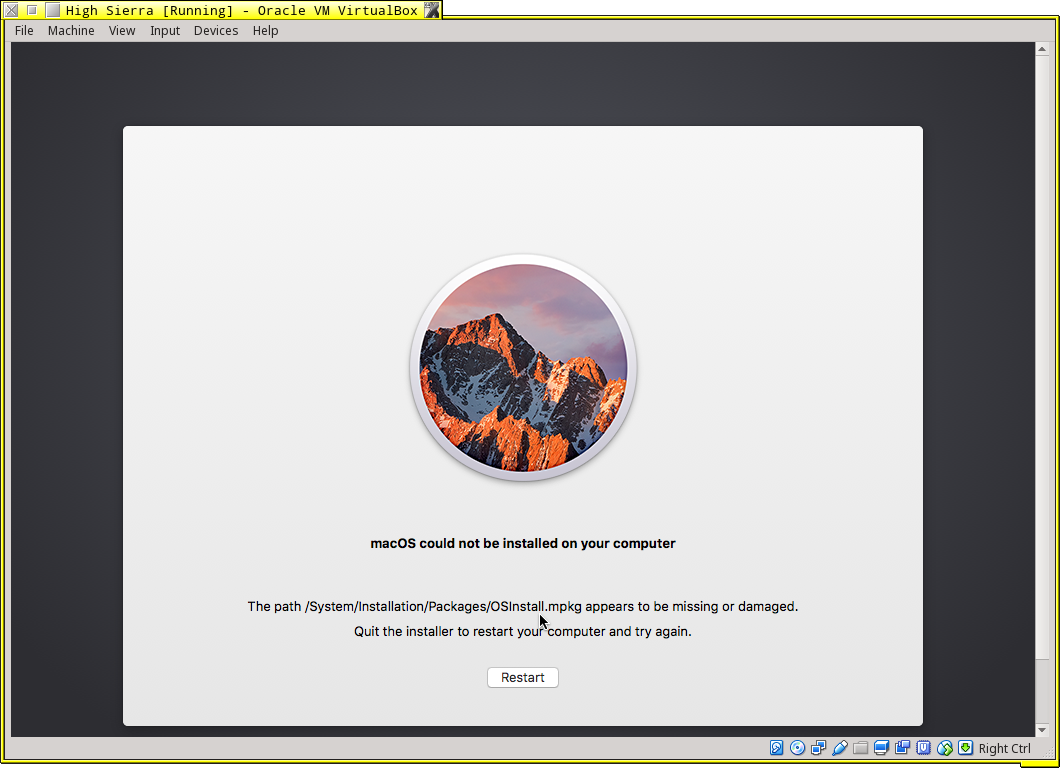


You can use 'Disk Utility' GUI tool to create and restore images. $ sudo sh -c 'gunzip -c .gz | dd of=/dev/disk2' # Restores compressed image and write /dev/disk2 # $ file : x86 boot sector partition 1: ID=0xc, starthead 130, startsector 8192, 114688 sectors partition 2: ID=0x83, starthead 165, startsector 122880, 6277120 sectors, code offset 0xb8 How do I write dd images to disk again? You can verify your disk with file command:
 gzip -c > .gz : Create compressed disk image using gzip 9 Qua Dmg Maple Story M Crit Dmg Res Osirix Dmg Image Not Recognized Osx Snowflake Odbc Mac Version Dmg What Is Dmg Supplement Good For Hots Best Dmg On Boe. bs=64k or bs=1m or bs=512 : Set both input and output block size to n bytes. $ sudo dd if=/dev/disk2 bs=64K | gzip -c > .gz You can create compressed disk image as follows: You can press the ctrl+ t (hold control key and press t) to see dd command progress on macOS: Password:ģ965190144 bytes transferred in 839.664927 secs (4722348 bytes/sec) It will take some time, and you won’t see any updates on the screen. $ sudo dd if=/dev/disk2 of=backup.my. bs=1m $ sudo dd if=/dev/disk2 of=backup.my. bs=512 Create the disk image with ddįinally create the disk image of the entire disk /dev/disk2: Here is what we see: Unmount of all volumes on disk2 was successful 3. In this example my SD card size is 4GB and located at /dev/disk2. Fig.01: Insert in your SD card, or USB pen/HDD, and see /dev/diskN name
gzip -c > .gz : Create compressed disk image using gzip 9 Qua Dmg Maple Story M Crit Dmg Res Osirix Dmg Image Not Recognized Osx Snowflake Odbc Mac Version Dmg What Is Dmg Supplement Good For Hots Best Dmg On Boe. bs=64k or bs=1m or bs=512 : Set both input and output block size to n bytes. $ sudo dd if=/dev/disk2 bs=64K | gzip -c > .gz You can create compressed disk image as follows: You can press the ctrl+ t (hold control key and press t) to see dd command progress on macOS: Password:ģ965190144 bytes transferred in 839.664927 secs (4722348 bytes/sec) It will take some time, and you won’t see any updates on the screen. $ sudo dd if=/dev/disk2 of=backup.my. bs=1m $ sudo dd if=/dev/disk2 of=backup.my. bs=512 Create the disk image with ddįinally create the disk image of the entire disk /dev/disk2: Here is what we see: Unmount of all volumes on disk2 was successful 3. In this example my SD card size is 4GB and located at /dev/disk2. Fig.01: Insert in your SD card, or USB pen/HDD, and see /dev/diskN name







 0 kommentar(er)
0 kommentar(er)
